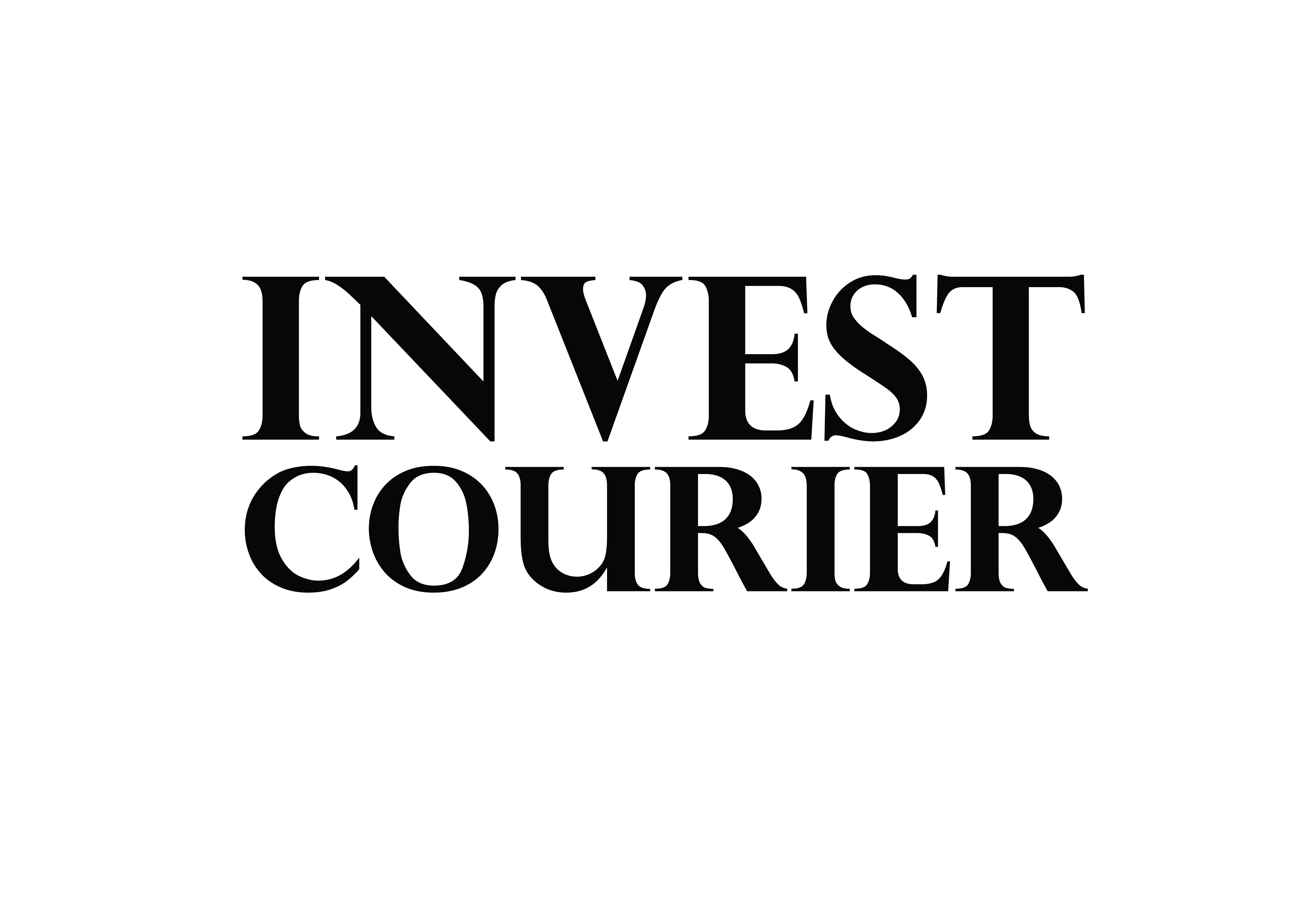Starting your investing journey can feel overwhelming, especially with market ups and downs. Dollar-cost averaging is a simple yet powerful strategy to help you navigate these challenges. It involves investing a fixed amount at regular intervals, regardless of market conditions.
This approach reduces the average price of assets over time, helping you build wealth steadily. Many retirement accounts already use this method through monthly contributions. It’s a great way to stay disciplined and avoid emotional decisions.
By investing consistently, you buy more shares when prices are low and fewer when they’re high. This smooths out the impact of market volatility. Over time, it can improve your long-term growth potential and make investing less stressful.
Ready to learn more? Check out our guide on navigating market volatility for additional tips to strengthen your investment strategy.
What Is Dollar-Cost Averaging and How Does It Work?
Navigating the world of investments requires strategies that work in any market condition. One such method is dollar-cost averaging, a simple yet effective way to build wealth over time. It involves investing a fixed amount money at regular intervals time, regardless of market fluctuations.
Definition of Dollar-Cost Averaging
This strategy focuses on consistency. Instead of trying to time the market, you invest the same amount at set intervals. Whether prices are high or low, you stick to the plan. Over time, this reduces the average cost per share of your investments.
How It Works in Practice
Let’s say you invest $500 every month. When prices are low, your $500 buys more shares. When prices rise, you buy fewer shares. This approach smooths out the impact of market volatility and helps you avoid emotional decisions.
Real-World Example
Consider two investors: Nick and Karsen. Nick invests $2,000 as a lump sum, while Karsen invests $500 monthly over four months. Even if prices fluctuate, Karsen ends up with 51.7 shares compared to Nick’s 50. This shows how dollar-cost averaging can work in your favor.
Warren Buffett once said,
“Be fearful when others are greedy and greedy when others are fearful.”
This aligns with buying more during market dips, a key aspect of this strategy.
The Benefits of Dollar-Cost Averaging for New Investors
Building wealth doesn’t have to be complicated, even when markets are unpredictable. This strategy averaging helps you stay on track by smoothing out price spikes and dips. For example, during the COVID-19 crash recovery, those who stuck with it saw steady growth instead of panic selling.

Reduces the Impact of Market Volatility
Markets can swing wildly, but this approach keeps you grounded. By investing regularly, you buy more shares when prices are low and fewer when they’re high. This lowers your average cost over time and reduces the stress of timing the market.
Kirsten Cabacungan once said,
“View periods of weakness as buying opportunities.”
This mindset is key to making the most of market dips.
Helps You Avoid Emotional Investing
Fear and greed often drive poor decisions. This method prevents loss aversion and anchoring bias by keeping you focused on the plan. For instance, in April 2024, those who paused missed record highs, while consistent investors reaped the rewards.
Encourages Consistent Investing Habits
Automated contributions make it easy to stay disciplined. Schwab data shows that investors using this strategy stayed 73% more consistent. It’s a “set-and-forget” approach that builds wealth steadily, even during tough times like the 2008 financial crisis.
Why Dollar-Cost Averaging Is Cost-Effective
Cost-effective investing is about making every dollar work harder for you. By focusing on consistency, you can reduce your average cost and maximize your returns over time. This strategy is particularly useful when markets are unpredictable.
Buying More Shares When Prices Are Low
When prices drop, your fixed investment buys more shares. This “reverse compounding” effect helps you accumulate more total shares over time. For example, during the 2020 COVID dip, consistent investors bought more at lower prices, setting them up for gains in the 2021 recovery.
Lowering Your Average Cost Over Time
By investing the same amount money at regular intervals, you naturally lower your average cost per share. Schwab’s research shows that this approach can result in an average cost of $3.70 compared to a $5 lump sum investment. Over time, this difference can significantly impact your portfolio’s growth.
Hypothetical Example
Imagine you invest $500 monthly in a fund. When the price is $10, you buy 50 shares. If the price drops to $5, your $500 buys 100 shares. Over time, your purchase total includes more shares at lower prices, reducing your lower average cost.
“Emerging markets benefit more from this strategy due to their higher volatility.”
Bernstein research highlights that while this method may underperform lump-sum investing 67% of the time, it reduces risk and helps you stay disciplined. Vanguard’s study also suggests a 6-month window optimizes the cost-benefit balance.
How Dollar-Cost Averaging Helps You Stick to Your Plan
Sticking to your investment plan can be challenging, especially when the market feels unpredictable. This strategy ensures you stay consistent, even when emotions or external factors try to pull you off course. By focusing on regular contributions, you build habits that support your long-term success.

Disciplined Investing Over Time
Investors using this approach stay invested 2.3x longer, according to research. Tools like Schwab Intelligent Portfolios® automate contributions, making it easier to stick to your strategy. This automation helps you avoid the temptation to pause investments during downturns.
Morningstar data shows that users of this method rebalance their portfolios 40% more frequently. This disciplined approach ensures your asset allocation stays aligned with your goals, even as market conditions change.
Staying Focused on Long-Term Goals
This strategy helps you filter out short-term noise and focus on your long-term goals. For example, during the 2022 inflation spike, those who stayed consistent outperformed those who tried to time the market. By investing regularly, you avoid the “cash drag” trade-off and keep your money working for you.
Vanguard Personal Advisor Services integrate this method into their recommendations, emphasizing its effectiveness for steady growth. As one advisor noted,
“Consistency is the foundation of long-term wealth building.”
Filtering Out Market Noise
Meme stock frenzies and sudden market swings can trigger FOMO (fear of missing out). This approach helps you stay grounded by focusing on your plan. For instance, 401(k) success stories often highlight the benefits of auto-escalation, which increases contributions over time without requiring active decisions.
By sticking to your strategy, you avoid emotional reactions to short-term volatility. This not only reduces stress but also positions you for better outcomes over time.
Tips for Getting Started with Dollar-Cost Averaging
Taking the first step into investing can feel intimidating, but having a clear plan makes it easier. This strategy helps you stay consistent, even when markets are unpredictable. Below are practical tips to help you get started and make the most of your investments.
Setting Up Automated Investments
Automating your contributions is one of the easiest ways to stay consistent. Platforms like Merrill and Bank of America allow you to set up auto-transfers, ensuring you invest a fixed amount at regular intervals. This eliminates the need to manually transfer funds and keeps you on track.
Robo-advisors like Betterment, Wealthfront, and Schwab Intelligent Portfolios® also offer automated contributions. These tools handle everything from transfers to asset allocation, making it simple to stick to your plan.
Choosing the Right Investment Frequency
Deciding how often to invest is crucial. Weekly or monthly intervals are common, but the best choice depends on your goals and budget. Backtests on the S&P 500 show that monthly investments often perform well, but weekly contributions can smooth out volatility even further.
Consider your cash flow and choose a frequency that works for you. As Kirsten Cabacungan advises,
“Avoid holding too much cash in reserves—it can drag your returns.”
Working with a Financial Advisor
If you’re unsure where to start, a financial advisor can guide you. Schwab, for example, offers advisor-assisted plans with a $5k minimum. Advisors help tailor your strategy to your goals, whether you’re focusing on retirement or building wealth.
Hybrid approaches, like combining DCA with annual lump sums, can also be effective. Discuss these options with your advisor to create a plan that fits your needs.
- Compare weekly vs. monthly intervals using S&P 500 backtests.
- Explore robo-advisor options: Betterment, Wealthfront, Schwab.
- Consider tax-advantaged accounts like IRAs for long-term growth.
- Follow step-by-step guides for setting up automation on platforms like Fidelity.
Conclusion
Consistency in investing can transform uncertainty into opportunity. Dollar-cost averaging isn’t just a mathematical strategy—it’s a behavioral tool that helps you stay disciplined. By focusing on regular contributions, you align your actions with your long-term goals.
For advanced users, combining this approach with value averaging can enhance results. It’s also highly effective for Roth IRA conversions, ensuring steady growth over time. Remember, maintaining emergency cash reserves is crucial to avoid derailing your investment strategy.
Ready to take the next step? Explore Schwab’s Core Principles video resource or connect with a professional through their Advisor Match service. Staying consistent helps you stick to your plan and build wealth with confidence.


